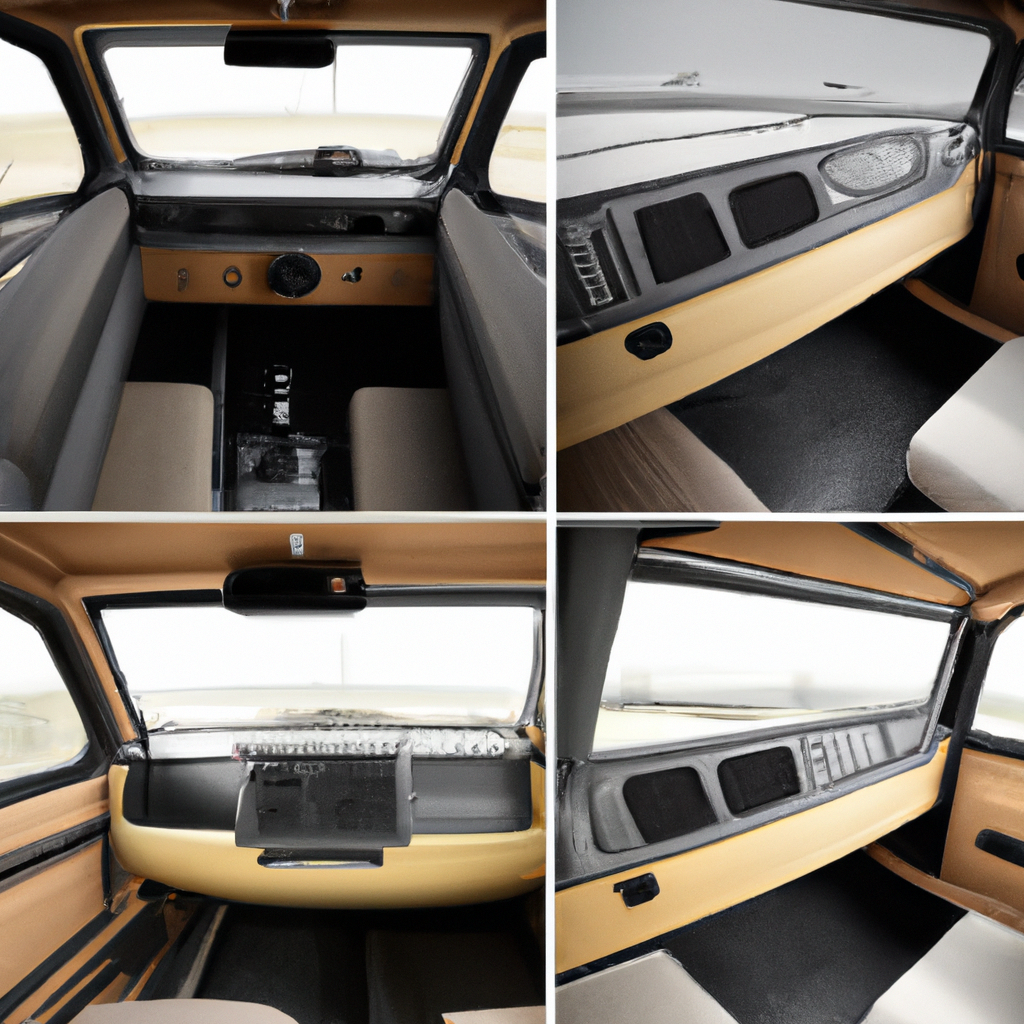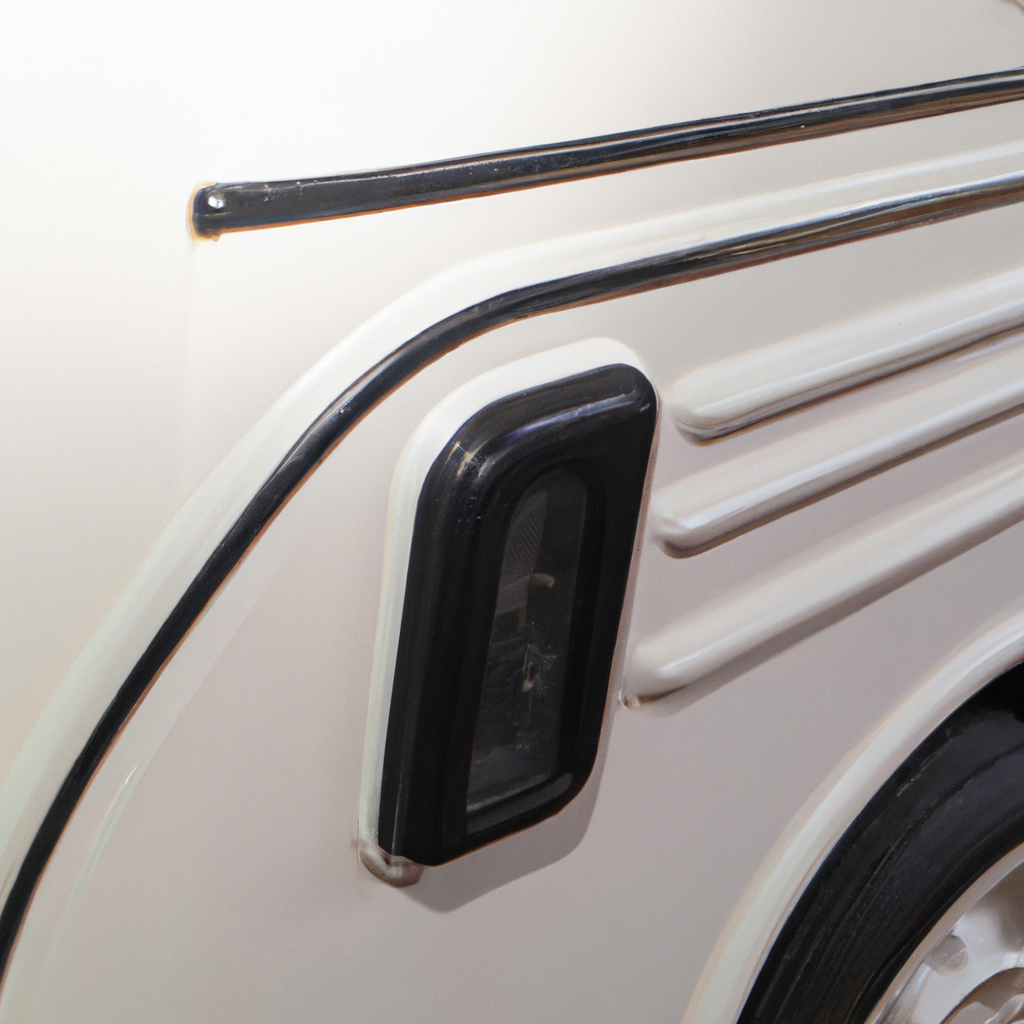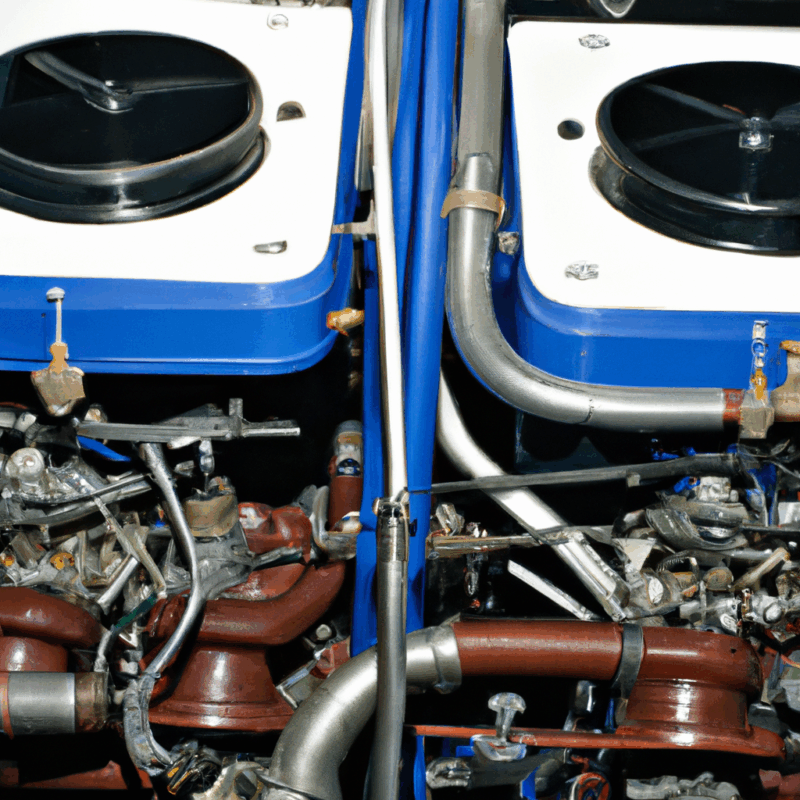Featured
“Top 10 Differences to Avoid Common Mistakes”
**Title: “Top 10 Differences to Avoid Common Mistakes”**
When it comes to Volkswagen (VW) Bus models produced in the United States, there are several key differences that enthusiasts and collectors should be aware of. Understanding these distinctions can help you make more informed decisions when purchasing or restoring a VW Bus. In this article, we will delve into the top 10 differences between various VW Bus models, highlighting key features and specifications that set them apart.
**1. Engine Type**
One of the most significant differences between VW Bus models produced in the United States is the type of engine they are equipped with. Early models, such as the T1 or Split Screen Bus, were typically powered by air-cooled, flat-four engines. In contrast, later models like the T2 or Bay Window Bus featured more powerful and efficient water-cooled engines.
**2. Body Style**
Another notable difference is the evolution of the VW Bus body style over the years. The iconic Split Screen design of the early models gave way to the more streamlined Bay Window design, which featured larger windows and a more modern aesthetic. Understanding these design changes can help you identify the era of a particular VW Bus model.
**3. Seating Capacity**
The seating capacity of VW Bus models also varied over the years. While early models typically had seating for around 7-9 passengers, later models like the T3 or Vanagon offered more flexible seating configurations and options for camper conversions. Knowing the seating capacity of a VW Bus can be crucial for planning road trips or family outings.
**4. Interior Features**
The interior features of VW Bus models evolved significantly over time. Early models had more basic interiors with minimal amenities, while later models offered more comfort and convenience features such as upgraded upholstery, sound systems, and air conditioning. Understanding these interior differences can help you choose a VW Bus that suits your preferences.

**5. Chassis Design**
The chassis design of VW Bus models also underwent changes to improve handling and performance. Early models had a more simplistic chassis that prioritized durability and off-road capabilities, while later models featured more advanced suspension systems and steering mechanisms. Knowing the chassis design of a VW Bus can impact its driving experience.
**6. Transmission Options**
The transmission options available for VW Bus models varied depending on the era. Early models often came equipped with manual transmissions, while later models offered automatic transmission options for added convenience. Understanding the transmission options of a VW Bus can influence its drivability and maintenance requirements.
**7. Trim Levels**
VW Bus models were available in different trim levels with varying levels of equipment and features. Higher trim levels typically offered more luxury amenities and customization options, while base models provided essential functionality at a lower price point. Knowing the trim levels of a VW Bus can help you choose a model that meets your needs and budget.

**8. Production Years**
Each VW Bus model was produced for a specific period, with changes and updates made throughout its production run. Understanding the production years of a VW Bus can help you identify specific features or improvements that were introduced during a particular era. This knowledge can be valuable for collectors and enthusiasts seeking to restore or maintain a VW Bus.
**9. Special Editions**
Throughout its production history, VW released special edition models of the Bus with unique features and design elements. These special editions often celebrated milestones or events in VW’s history and were produced in limited quantities. Knowing about these special edition models can add value and desirability to a VW Bus collection.
**10. Value and Rarity**
Finally, the value and rarity of VW Bus models can vary significantly based on their condition, history, and specific features. Understanding the market value and rarity of a particular VW Bus model can help you make informed decisions when buying, selling, or restoring one. Factors such as originality, mileage, and provenance can all impact the value of a VW Bus.
In conclusion, being aware of the key differences between VW Bus models produced in the United States is essential for enthusiasts and collectors. By understanding factors such as engine type, body style, seating capacity, interior features, chassis design, transmission options, trim levels, production years, special editions, and value, you can avoid common mistakes and make informed decisions when purchasing or restoring a VW Bus. Whether you’re a seasoned collector or a first-time buyer, knowing these differences can enhance your appreciation and enjoyment of these iconic vehicles.
Remember to do thorough research and inspections before making a purchase, as each VW Bus model has its own unique characteristics and quirks. By familiarizing yourself with the nuances of each model, you can find the perfect VW Bus that aligns with your preferences and budget. Happy hunting!
**Call-to-Action:**
If you’re in the market for a VW Bus or looking to expand your collection, explore our inventory of classic VW Bus models to find the perfect addition to your fleet. Don’t miss out on the opportunity to own a piece of automotive history with a timeless VW Bus. Start your search today!

